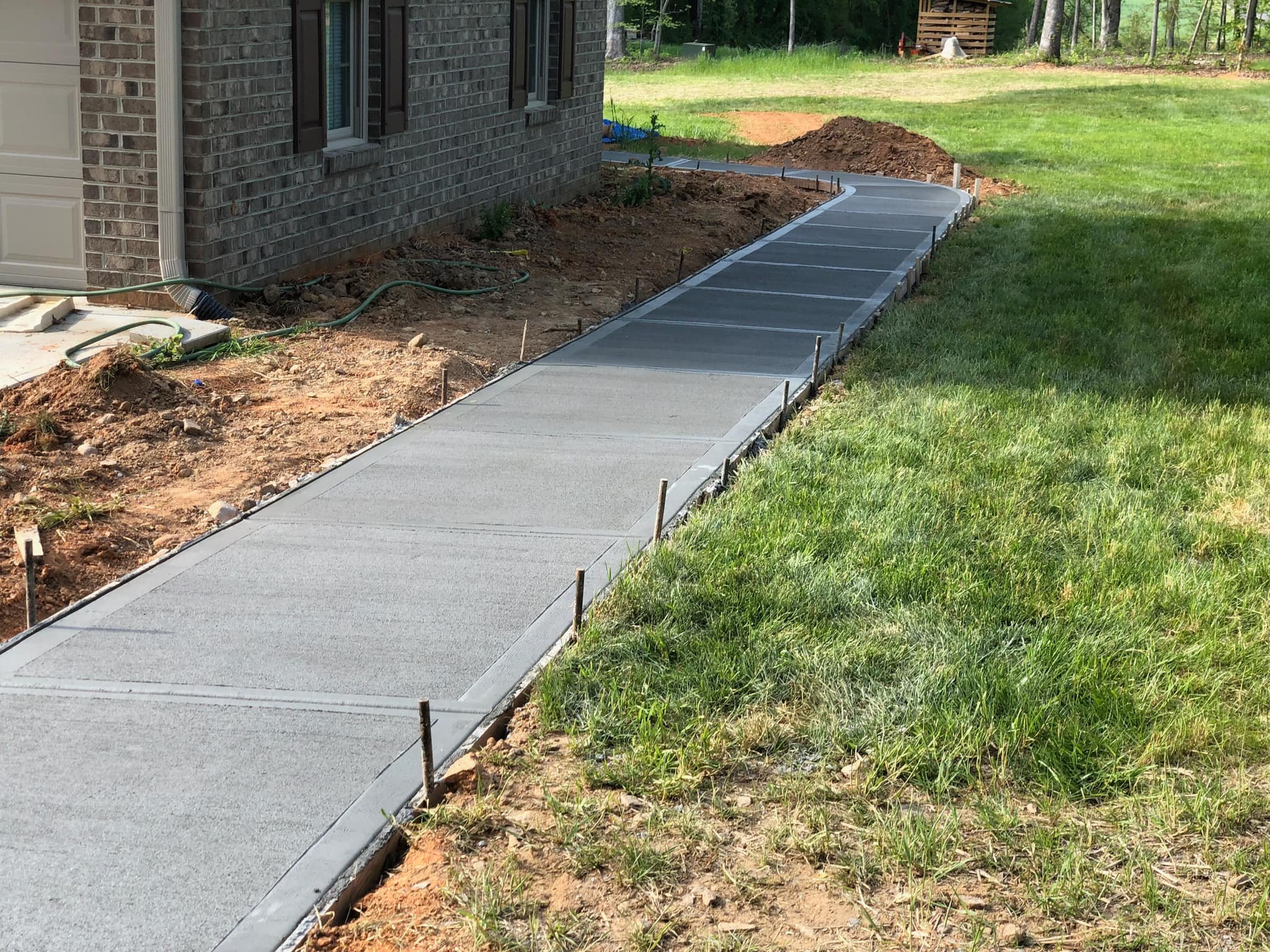
The Art and Science of Sustainable Concrete Practices Nov 12, 2025
Concrete's environmental impact primarily stems from cement production, which releases a considerable amount of carbon dioxide. The journey towards sustainability in concrete begins with addressing these emissions. One of the primary methods is the use of supplementary cementitious materials (SCMs) like fly ash and slag. These by-products from other industries reduce the need for cement, lowering carbon emissions and conserving natural resources.
Sustainable concrete practices also emphasize the importance of sourcing materials locally. The transportation of raw materials significantly contributes to the carbon footprint of concrete. By partnering with local suppliers, EC Concrete minimizes transport emissions, supports the local economy, and ensures a more streamlined supply chain. This approach not only benefits the environment but also often translates into cost savings for the project.
Another key aspect is the incorporation of recycled materials. Recycled concrete aggregate (RCA), made from demolished concrete, can replace traditional aggregate, reducing landfill waste and conserving natural resources. EC Concrete applies this method in many of its projects, successfully marrying performance with sustainability without compromising the integrity or durability of the concrete.
Water conservation during concrete production is another critical factor. In an industry known for its high water usage, implementing closed-loop water systems and recycling wastewater in concrete mixes are powerful strategies. By optimizing water use, EC Concrete not only supports sustainable practices but also aligns with regulatory requirements and mitigates the environmental impact of concrete manufacturing.
In addition to these practical solutions, the innovation in concrete technologies continues to open new avenues for sustainable practices. For instance, the development of carbon capture and storage (CCS) technology in concrete production is a game-changer. This process captures emissions from cement production and stores them safely, drastically reducing the carbon footprint. EC Concrete remains committed to exploring and adopting these new technologies to enhance the sustainability of its offerings.
Moreover, durability and longevity are critical components of sustainable concrete practices. Longer-lasting concrete means fewer repairs and replacements, inherently reducing resource consumption over the lifespan of a structure. EC Concrete emphasizes the selection of high-quality materials and precise mixing techniques that enhance the durability of their concrete, ensuring buildings can stand the test of time amidst varying environmental conditions.
In conclusion, sustainable concrete practices involve a thoughtful combination of using local and recycled materials, minimizing carbon emissions, maximizing resource efficiency, and incorporating cutting-edge technologies. For EC Concrete, the commitment to sustainability transcends trend and is embedded in their mission to provide excellent yet environmentally conscious solutions. As the construction industry evolves, staying informed and advocating for sustainable practices shouldn't be seen merely as a customer preference but as an essential responsibility for us all. Whether planning a modest personal project or heading a large-scale commercial development, investing in eco-friendly concrete is a step toward a more sustainable future.
/filters:no_upscale()/filters:format(webp)/media/5a8d9802-3d1c-429b-bceb-e48409afa1b8.jpeg)